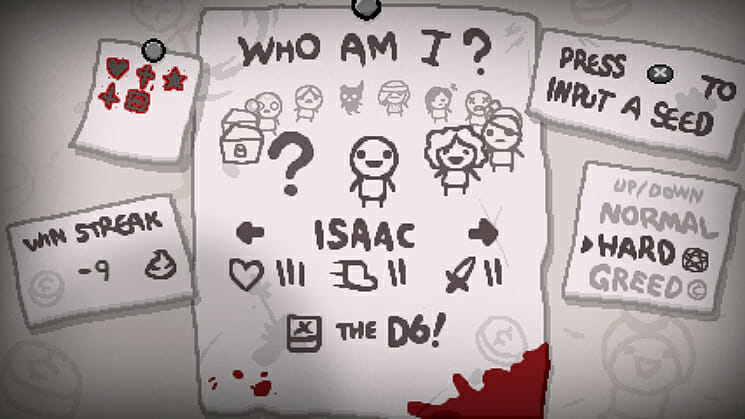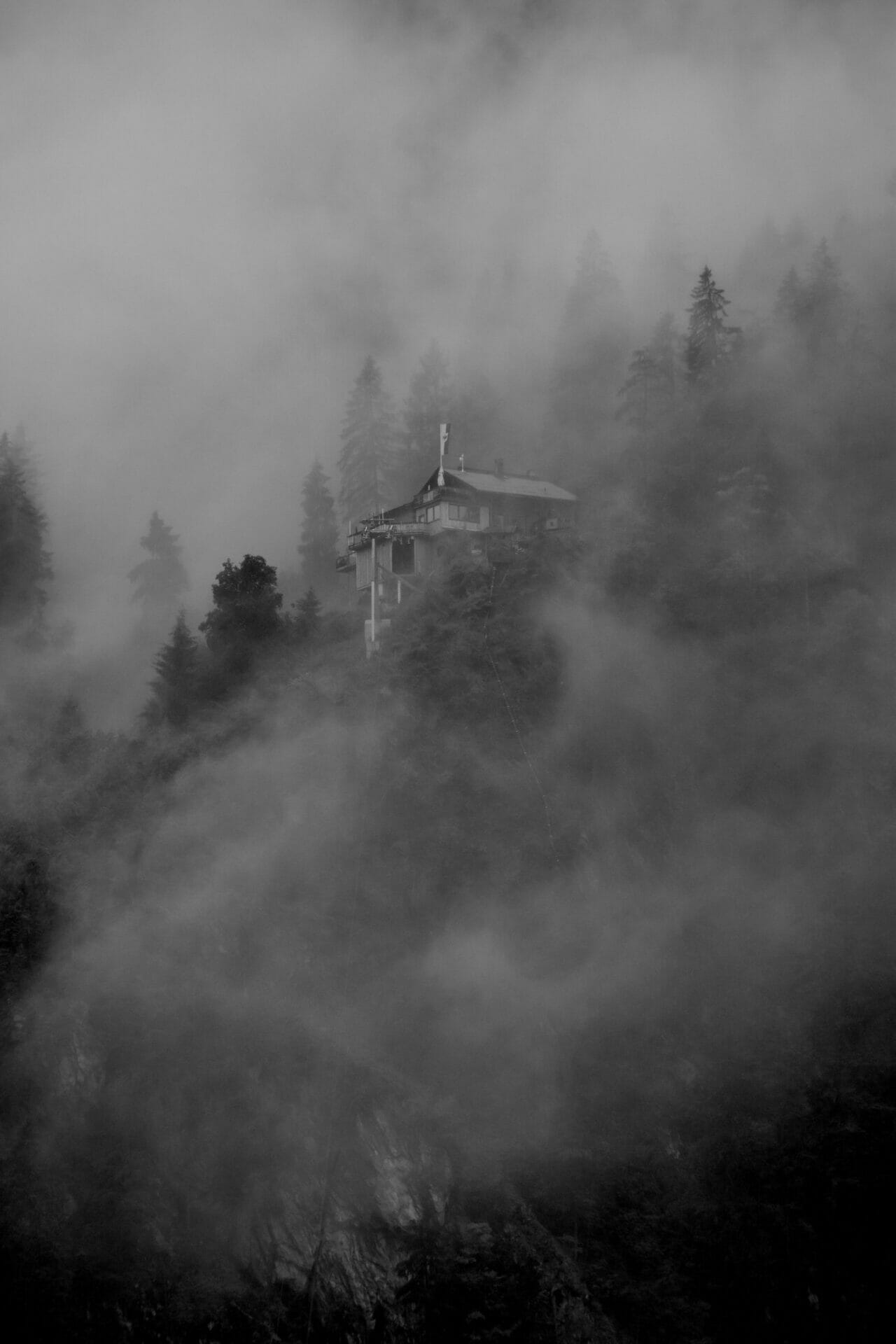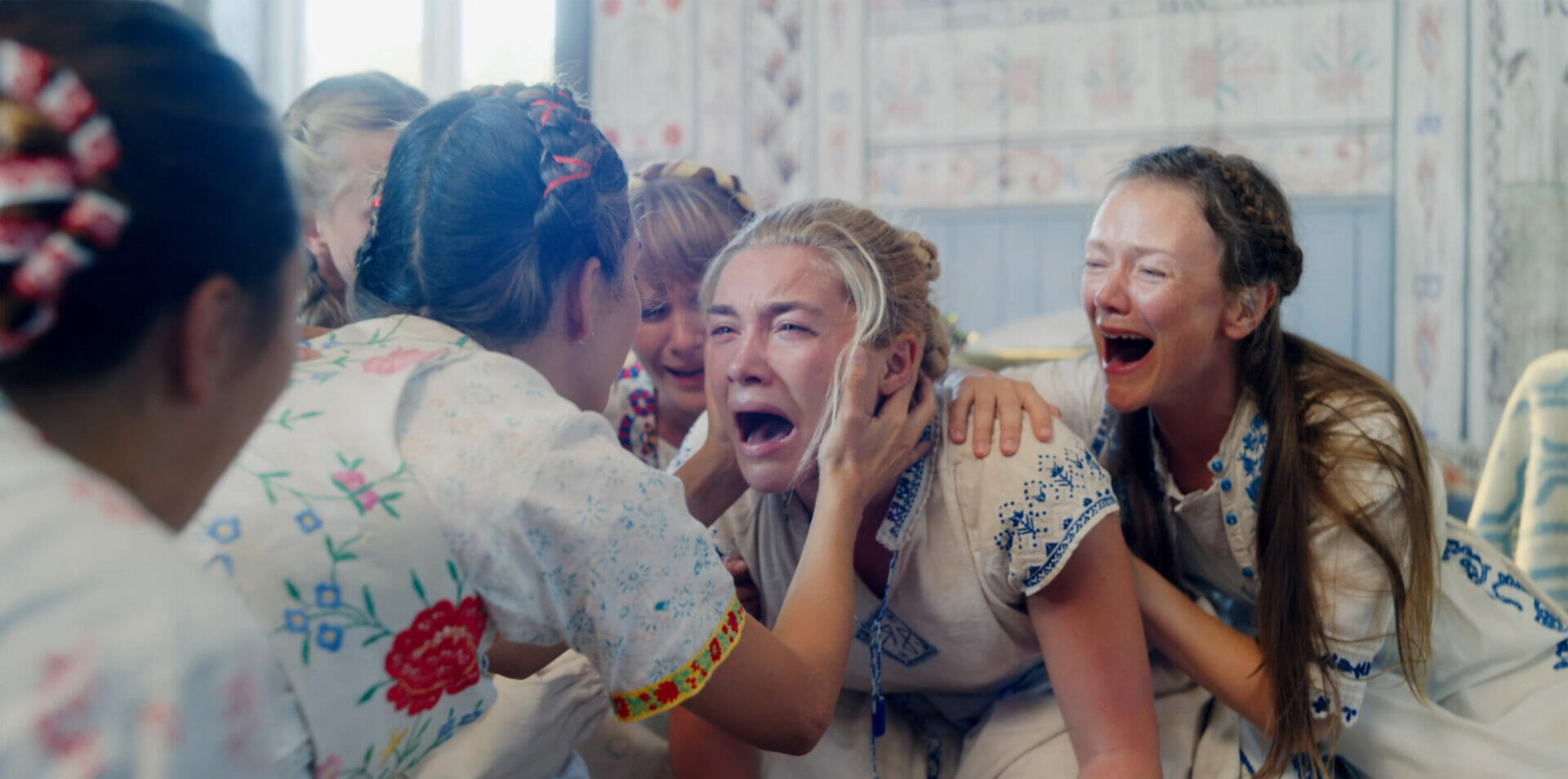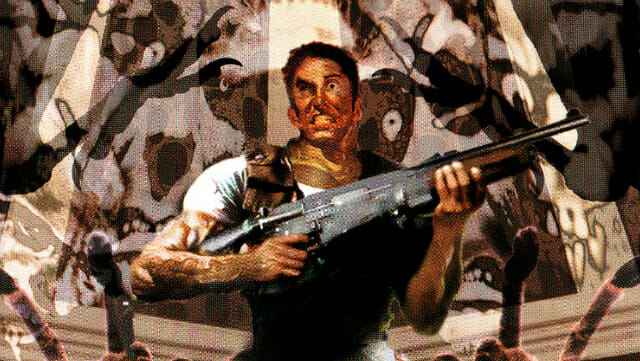
Resident Evil | Bringing the zombie era back to life
Studio
Art Director
Lead Composer
Publishing Year
Type of game
Subgenre
Country
When it was released in 1996, no one could have predicted the extent to which Resident Evil would have affected popular culture. As an unconventionally slow combat-oriented PS1 title, it caught off guard the players of the time. Yet, by combining survival, exploration, and puzzle-solving, it created a captivating experience dominated by slow-building tension. A video game that shaped the very concept of zombies, and that holds the record for the best-selling horror game series.
Paving the way for the survival horror genre
In 1998, after a series of mysterious murders took place in Raccoon City, Special Tactics and Rescue Service agents are sent to investigate. On the tracks of the missing team Bravo, they soon find themselves stranded when attacked by monstrous dogs. Seeking shelter in an abandoned mansion, the group splits to explore the area, unaware of the undead horrors that lie within. A premise that feels familiar to many horror stories, but that in 1996 represented a novelty in terms of video games.
Despite its current popularity in media thanks to TV series like The Walking Dead, the zombie era was effectively dying by the 90s. Its golden age had taken place around the ’60s-’70s thanks to George Romero’s cult films, but in the 80’s it had already declined into parody. So by the end of the decade, the genre seemed doomed to disappear, forgotten like many other popular trends before it.
That was until 1996, when Japanese video game producer Capcom published a title that would turn the tide: Resident Evil. And despite the simple mechanics and limitations of the time, it still captivated the audience with its immersive atmosphere. Its influence paved the way for the grand return of zombies in pop culture; as well as one of the most successful franchises in video game history.
The power of slow burn
Initially conceived as a remake of the horror game Sweet Home, after many redesigns, it rose as its own original title. Its development had to face many challenges, including but not limited to the passage from 2D to 3D graphics. But it also led to the iconic aspects of the franchise, such as the visual aesthetic and detailed environments. Drawing inspiration from Western horror movies made it appealing to a larger audience, but what won players over was the slow burn element – the gradual buildup of fear and tension. A key feature later mastered by other video games such as Limbo and The vanishing of Ethan Carter.

Contrary to most games of the time, in Resident Evil the player is not invincible nor overpowerful, on the contrary. The limited resources, the fixed camera angle, and even having to find ink ribbons in order to save the game; these are all obstacles to overcome to survive the night and unveil the mystery. Here, the zombies reacquired the long-lost feeling they used to evoke in Romero’s movies. An unnatural, primal threat that forces the public to confront its own mortality, lurking behind every corner.
The claustrophobic feeling given by the limited view and narrow corridors amplifies the sense of impending doom. Each choice is crucial, and the scattered clues make it all the more rewarding once the story begins to uncover. Overall, the gaming experience of Resident Evil is a very personal one, well crafted even in its limitations. Making up for its lacking controls with an unmatched horror ambiance, that challenges the player to venture further in.
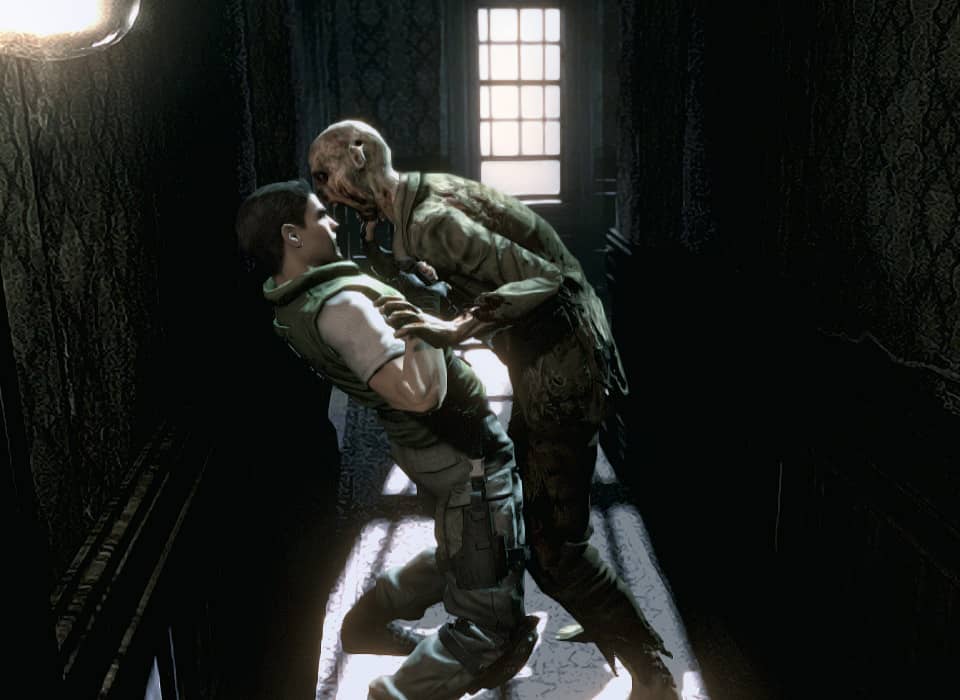
How the Resident Evil series evolved through time
The title’s worldwide success translated into media such as films, animated movies and comics, as well as eight more games. Each new chapter represents an exploration of the themes introduced in the original Resident Evil. Building around the story of Raccoon City, the threat of the Umbrella Corporation and its experiments to create bioweapons, it soon became more than a zombie story.
Bioterrorism became the main theme of the franchise, and the game mechanics changed accordingly. So while the first games focused on the slow burn, the fourth cemented the survival horror shooter formula. Trading the fixed camera for a mobile over-the-shoulder view, its focus shifted more to weapons and boss fights. An overall more active approach was not appreciated by all as the original horror atmosphere was being lost.
But with the publication of Resident Evil 7, an even bigger game-changer took place. Despite the complete absence of zombies, it managed to recapture the horror elements of its origins. Introducing first-person perspective and playing in the role of a powerless civilian captive of an infected family, put the player back in that atmosphere of dread. And even more references to classic horror – such as vampires and werewolves – can be found in the 2021 sequel Resident Evil Village, with its immersive setting and Bloodborne-like atmospheres. In conclusion, the Resident Evil franchise is a touchstone of its genre that lives on to this day.
Tag
Buy a ☕ for Hypercritic






